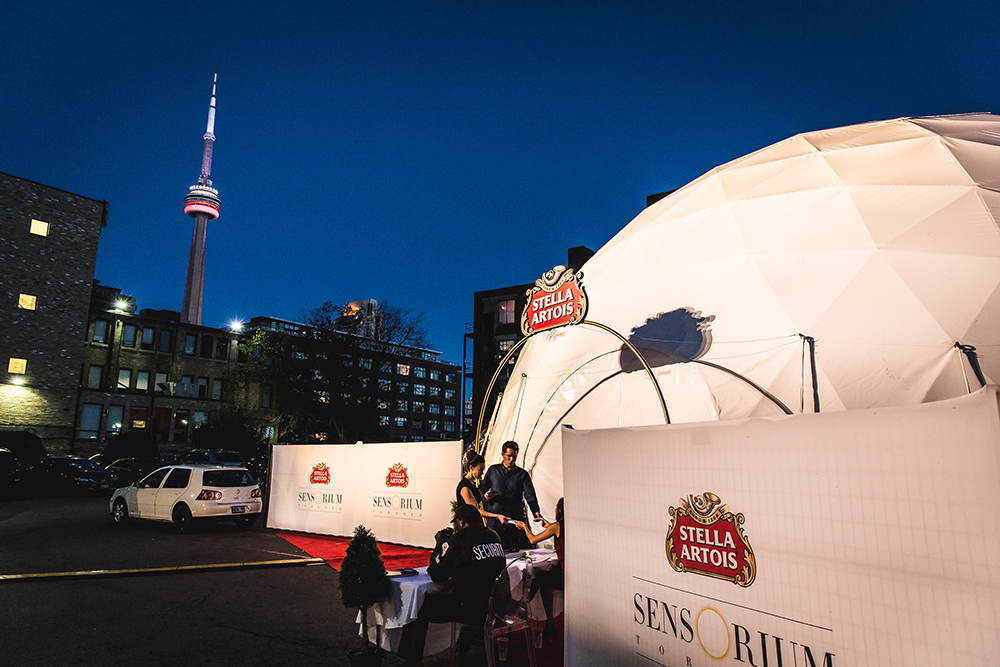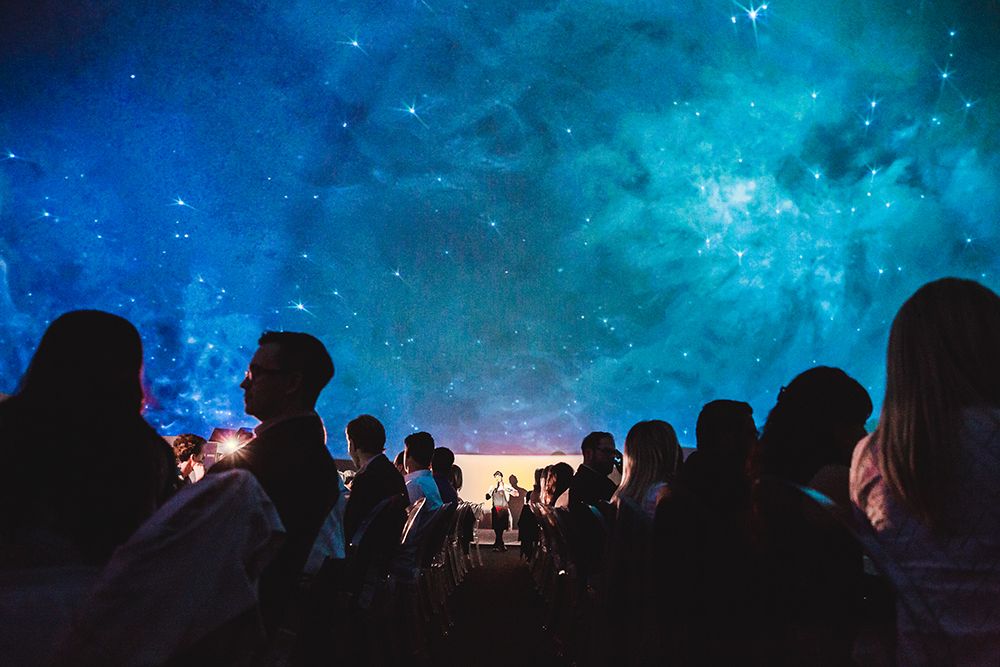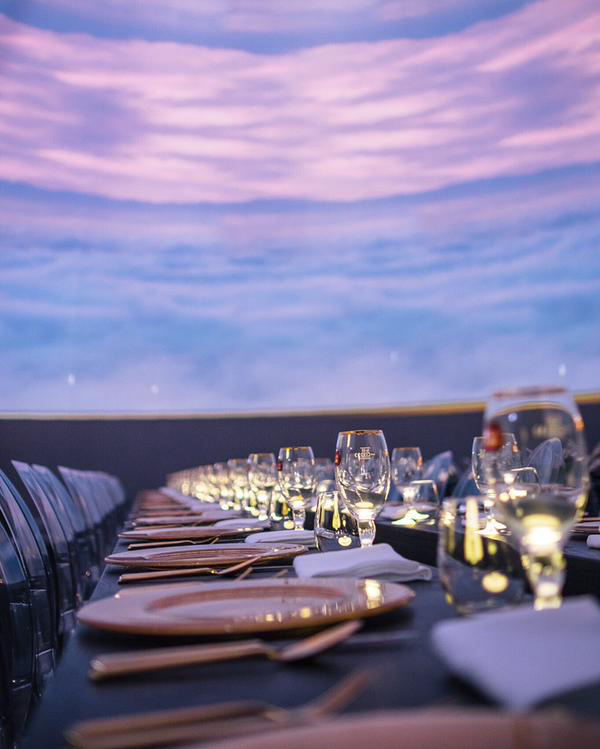Stella Artois was at risk of losing relevance with its core target consumer (25 to 34 year olds). With competitive brands such as Heineken growing with this demographic, Stella Artois wanted to capture attention and retain the brand's "premium" and "quality" positioning while closing the share gap with its rival, Heineken.
Prior to program launch, Stella Artois' penetration in Ontario (as measured by P4W) was trending flat, while Heineken grew P4W by 1.3%. Both brands weren't moving the needle on image attributes "premium" and "quality", remaining flat vs the previous year.
After conducting several focus groups with millennials, it was clear that Stella Artois was regarded as a premium brand, but wasn't acting like it in the minds of the consumer.
Millennials have high expectations of premium brands and Stella Artois needed to demonstrate a premium experience, rather than simply rely on advertising. Torontonians are foodies who value innovative and trendy food culture. They are also intrigued by the emerging trend of share-worthy immersive experiences (like Sleep No More in NYC, or blindfold dining in LA) and respond enthusiastically if offered a comparable headline-making experience in Toronto.
Stella Artois' primary objective was to create meaningful experiential connections with target Torontonians in order to build brand affinity, engagement and usage, and then amplify the reach of these experiences in order to drive brand growth.
Working with Mosaic, the brand showed Torontonians that Stella Artois was worthy of the "premium" title by collaborating with the city's best and brightest artists to create a hands-on, share-worthy brand experience that our target consumer had never seen before.
It created Sensorium, North America's first 360-degree, immersive dining experience by taking complete control over the visual, environment soundtrack, and sensations of touch, taste and smell. The Stella Artois Sensorium featured leading Toronto talent, including a Michelin Star chef, filmmaker, composer, and a PhD in Food Science specializing in Aromatics.
A 70 foot geodesic dome became a visual surround, with a two-hour film projection, mapped onto the entire sphere. The film took consumers through the journey of each course in the meal celebrating featured ingredient. Every course had sensory surprises.
Guests gathered in the Leuven-inspired "Brasserie" with cobblestone floors, street signs and green glass accents that paid homage to the brand's European heritage. Once all 80 guests were inside the dome, they sat at one of two 40 foot sensorial tables. Each table had a conveyer belt system with concealed placemat speakers and LED drink coasters.
There were five courses: (1) Taste Time – an edible garden centerpiece in which guests foraged through tasty soil and petit vegetables, with a garden scented mist. (2) Sea Flavour – seaweed covered netting that emanated a dry ice mist, filling the room with the smell of the seashore, with seashells with scallops and halibut laid on top. (3) Hot Sounds – LED boxes housed the cold condiments to be added to a hot pho broth. During this course bass tranducers in the table came to life with a live drum solo, helping to mix the sauces in the broth. (4) Nature's Textures – a beef cheek bird's nest served with a quail egg and mixed vegetables underneath a hickory smoke filled cloche. (5) Touch Light – logs lit with smokey campfire where guests roasted their truffled marshmallows for a DIY-take on the classic S'mores.
To create demand for an unknown, never-been-done-before event, the brand leveraged the sensorial artists in press releases, social posts and video teasers to give the target a taste of what was to come.
A nine week geo-targeted digital and print campaign was planned to drive traffic to the Sensorium website, converting traffic into ticket sales. The flight ended five weeks early, after selling out all 18 nights.
The opening coincided with the start of the Toronto International Film Festival (TIFF) – strategically timed to steal some of the media spotlight and associate Stella Artois with the event.
The event cost $150 to attend, generating $265,000 in revenue to help offset the cost of the investment. All 2,320 tickets were sold in three weeks, guests took an average of 18 photos and shared their experience with an average of 13.5 friends. It also spent less than 50% of its media budget due to overwhelming earned media. And through Toronto's 1.3 million adults age 19 to 49, the brand tracked 15 million social impressions, 55 million PR impressions with 45 traditional stories and 40 blogger/influencer stories.
There was also a 40% increase in brand social mentions versus a year ago and a 3.3% year-over-year increase in P4W – the highest P4W percentage in Stella Artois history. What's more, the brand tracked a 0.07 year-over-year increase in premium/quality image attributes (29% higher than the IMI action standard), closed the share gap to Heineken by 19% (virtually tied), saw a 67% increase in purchase intent and ABInBev called the Sensorium a global best practice and is now bringing it to other countries all around the world.


